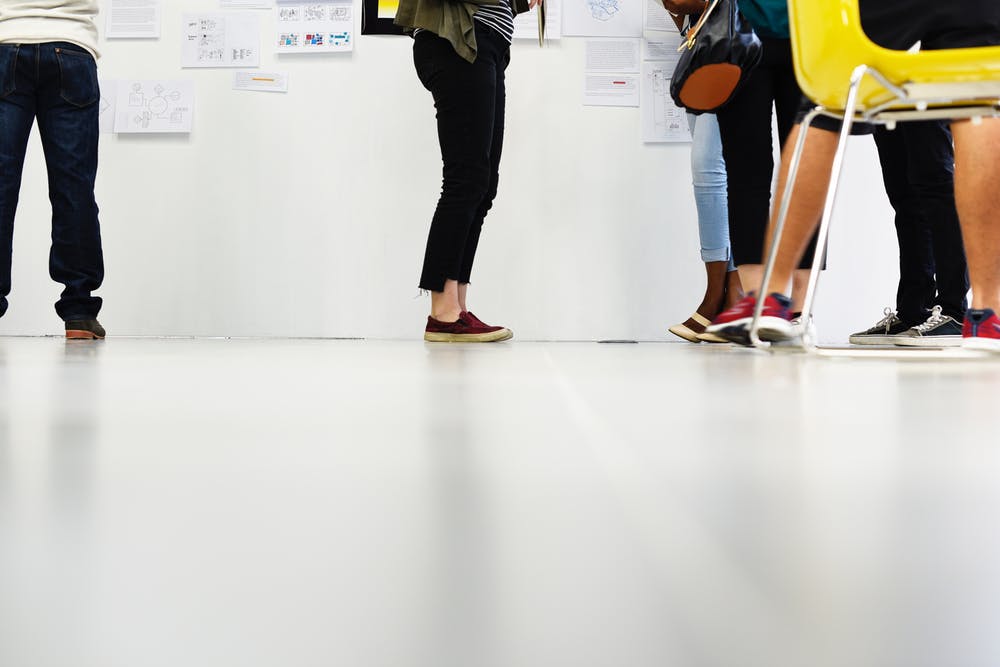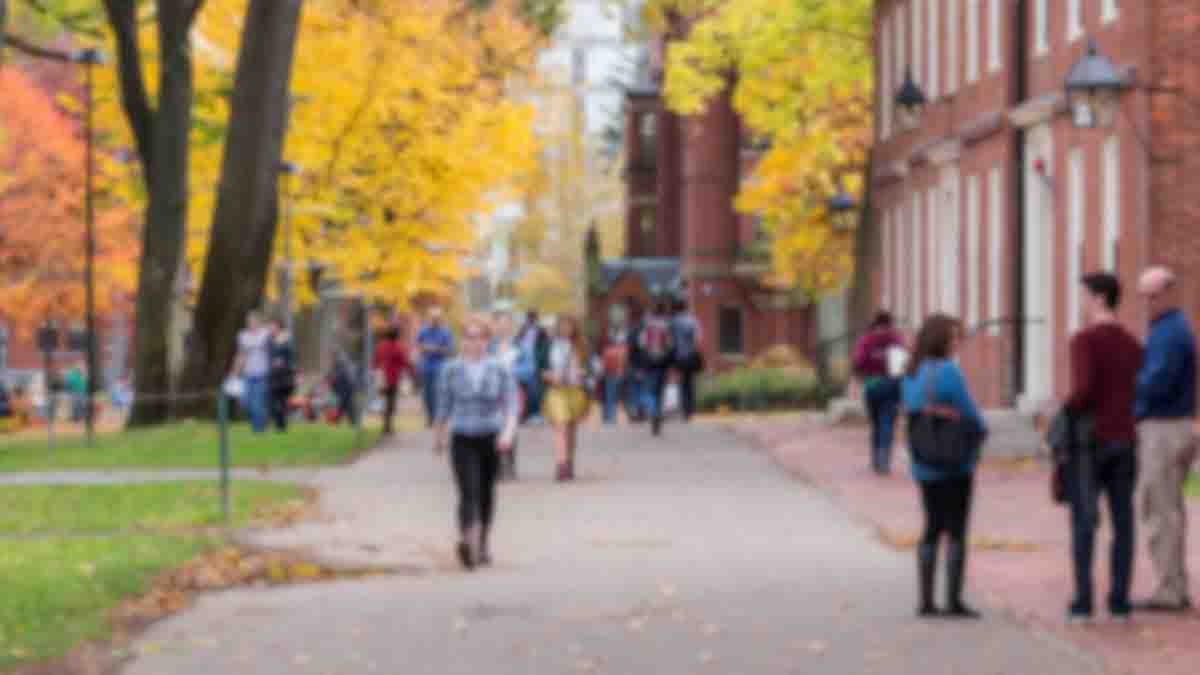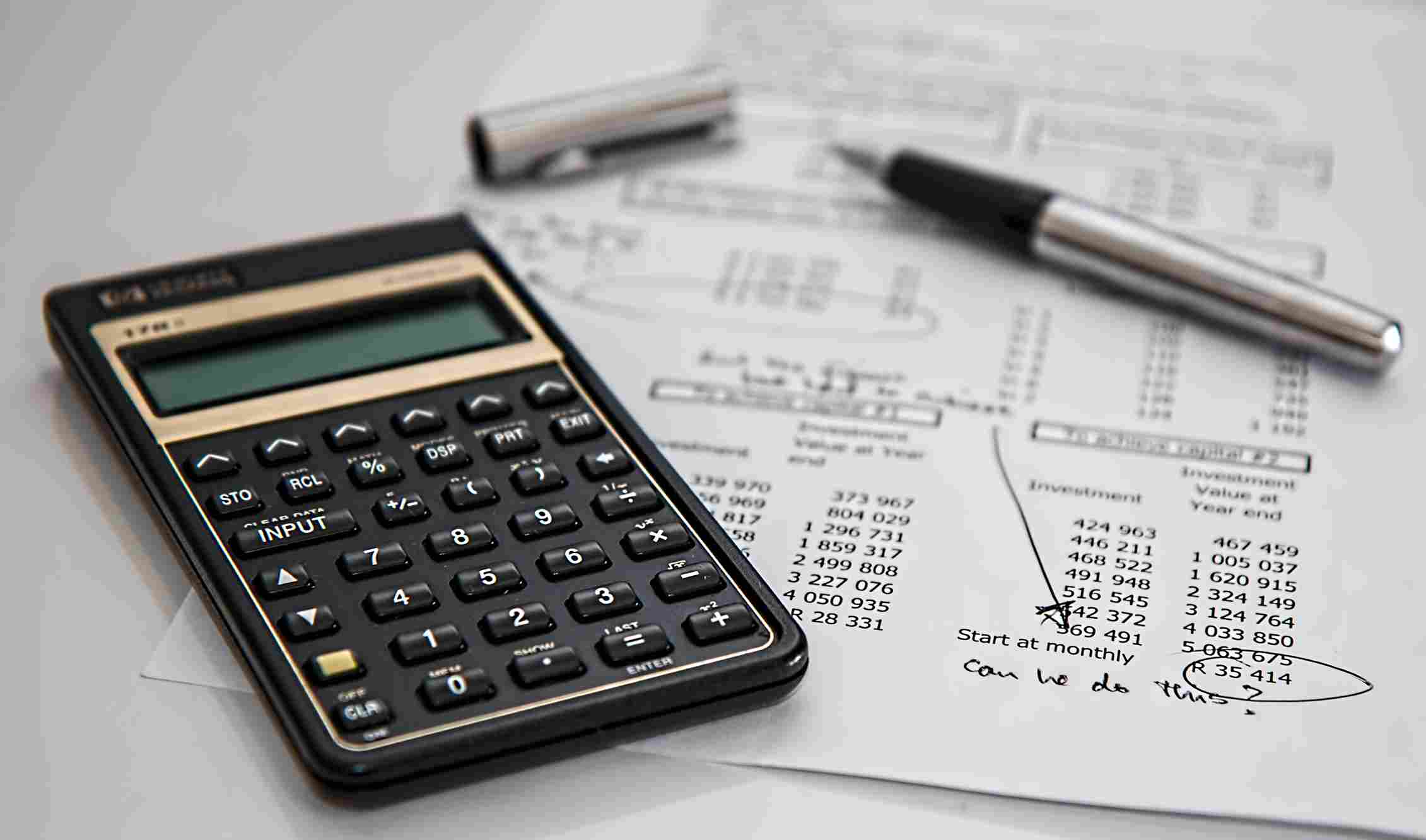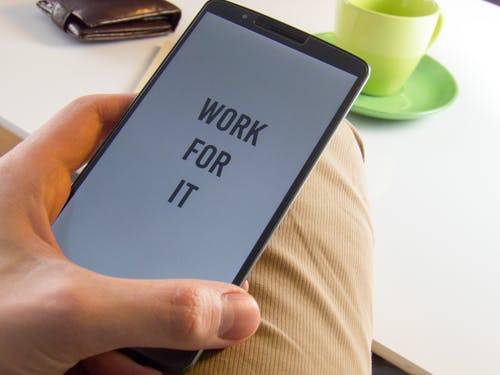The flipped classroom approach changes the way students usually learn by giving them access to course materials (like books or videos) online before class and then having them work together and learn through experience during class.
People who follow this theory put more value on active learning than on passive listening.
If students really understand the material before class, teachers will have more time to do useful activities that build on what they have learned.
This post will discuss what a flipped classroom model is all about.
What is a Flipped Classroom?
The flipped classroom approach goes against what most people think about how we learn.
When this model is used, students don’t sit in a regular classroom; instead, they receive course materials like videos and readings online.
During tea time, teachers set up more hands-on, involved activities.
Students in a flipped classroom do the readings and watch the videos before class so they can learn at their own pace and on their own time.
This is a very helpful way to learn.
Features of a Flipped Classroom
To further understand the flipped classroom model, consider the following features:
1. Pre-recorded course materials or lectures:
In the flipped classroom model, teachers film lectures or make other educational materials to cover the same topic as in-class sessions.
Students get exposure to these materials before class so they can study whenever it is most convenient for them.
Class time can be devoted to more in-depth exploration and execution of ideas when material is sent ahead of time.
2. Active learning while in class:
If students have a solid grasp of the material before class, teachers will have more time to engage students in meaningful activities during class.
In this model, activities like conversations, talks, group projects, and problem-solving sessions are used to help students understand things more deeply and learn how to think critically.
Students are more involved and enthusiastic about their learning when they move from just listening to actively participating.
3. Individualized pace:
By making course materials available whenever students need them, the flipped classroom model caters to students with a wide range of learning preferences and speeds.
Because of this, students can go over the information over and over until they fully understand it, which is very important before moving on to class projects.
The flipped classroom approach tries to meet the needs of each student by making the learning environment more personalized and friendly.
4. An approach that prioritizes students:
The flipped classroom model relies heavily on active participation from students.
The flipped classroom model encourages student engagement by allowing them to actively participate in class by asking questions, seeking explanations, and working in groups with both teachers and classmates.
By taking charge of their education, students develop independence and responsibility.
5. Teacher facilitation:
Teachers take on more of a guiding role in a flipped classroom, assisting students rather than lecturing them directly.
When teachers stop focusing on teaching and start supporting valuable learning experiences, they can give each student personalized help, feedback, and direction as they work through difficult ideas and tasks.
Both the teacher-student relationship and the quality of education are improved by this shift in power dynamics.
6. Better class time efficiency:
Teachers can make better use of students’ limited class time for activities and projects that need higher-level thinking if they distribute material outside of class.
This paves the way for more in-depth investigation, practical application, and integration of information, all of which contribute to better learning results.
The goal of the flipped classroom concept is to provide students with a better education by making better use of class time.
7. Flexibility:
With the flipped classroom approach, students can make their schedules and choose how they want to learn, which meets a wide range of needs.
The flexibility to access course materials on a variety of devices at any time allows students to personalize their learning experience according to their needs and schedules.
8. Utilization of Technology:
In the flipped classroom model, technology is key since it helps with everything from delivering educational material to encouraging communication, teamwork, and evaluation.
There are many online tools that teachers can use to make multimedia presentations, lead class discussions, give students instant feedback, and keep track of their progress.
The flipped classroom model improves access, involvement, and learning results by utilizing technology.
Benefits of a Flipped Classroom for Both Students and Teachers
Here are some of the most important advantages of the flipped classroom models:
1. The content that teachers make can be used again and again:
Teachers have the option to use external content when using the flipped classroom strategy.
On the other hand, a lot of teachers choose to make their videos, which allows for a more customized approach to the first lesson.
One more benefit is that teachers can optimize and reuse material, which means they can spend less time planning basic courses and more time making one-on-one sessions that go into more depth.
2. Learners can acquire a more detailed knowledge:
Students in a flipped classroom have more opportunities for active learning, which helps them to have a more thorough grasp of the material.
In this type of learning, students actively participate in building their knowledge, as opposed to more passive forms of instruction like lectures.
While doing so, they gain a deeper comprehension, with the teacher guiding and assisting them to build upon what they already know.
3. Lessons can be designed to be more interesting for students:
Multiple studies have shown that incorporating fun into the classroom helps boost students’ ability to remember and apply what they’ve learned.
When students are ready with the basics, like they are in a flipped classroom, lessons can be more lively and interesting.
When classes are flipped, more time can be spent on hands-on tasks, research, experiments, and real-world use.
4. No loss of progress occurs when students are missing:
The problems that come with absenteeism from class have less impact in the flipped classroom model.
Although the flipped classroom model won’t solve the issue of absenteeism entirely, it will assist students in filling in the gaps in their knowledge by making the first lessons available online whenever they need them.
5. Teachers are able to give students individualized attention:
The flipped classroom model allows teachers more leeway to tailor their instruction to the needs of their students.
This is possible because when students participate in class, they learn more, and teachers can see which students have mastered the subject and which ones still need more help or a fresh look at the basics.
6. Lessons are engaging for students:
A flipped classroom model has several advantages, but perhaps the most important is that it may make classroom time more engaging for kids.
This increases their attendance and makes them care more about the subject matter.
The reason behind this is that instead of just listening to the material, students are engaging in deeper debates throughout class time.
9. Less time is spent on new topic introduction by teachers:
Conventional ways of teaching often spend a lot of time just teaching, leaving little time for students to explore what they have learned in more depth and use what they have learned in real life.
Teachers in flipped classrooms can spend more time going into more depth on topics and less time going over the basics because students study on their own time before class to get ready.
10. Learners acquire the abilities for self-directed study:
The ability to learn on one’s own is an asset for every student, but it is particularly important for those in middle and high school.
Students in a flipped classroom model typically watch introductory videos on their own time at home.
They are free to learn at their own pace and get used to learning alone.
Teachers need to be aware that not all students will be open to the idea of self-study, so they need to help the ones who are having trouble.
Frequently Asked Questions (FAQs) on Features of Flipped Classroom
– Give them a chance to get a feel for it before class even starts.
– Give them something to work for when they come to class.
– Make sure there is a way to test how much they have learned
– Make sure that learners are challenged to apply what they have learned in class to new contexts or in different ways by giving them assignments that go beyond what is presented in class.
– Give out readings that build upon what we’ve covered in class.
Flipped classrooms and flipped learning methods give students more control over how they learn by using technology and the internet.
Conclusion
A growing number of educational institutions are adopting the flipped classroom concept, in which students complete assigned reading and research outside of class and then apply what they’ve learned in class.
Students can learn to work independently, gain a better understanding of subjects, and make up for lost time with relative ease using this technique.
Teachers can make greater use of their knowledge and experience using this method since they spend less time lecturing and more time assisting students in developing their comprehension.
Awesome one; I hope this article answers your question.
Editor’s Recommendations:
- 29+ Interview Questions for the Staff Coordinator (FAQs)
- Is Learning Out of School Worth it? (Yes/No, Reasons)
- 9+ Get To Know Your Coworkers Game (FAQs)
- 10 Fire Officer Interview Questions And Answers (FAQs)
- 10+ Free Online Quiz Games Like Kahoot (FAQs)
- 45+ Reading Coach Interview Questions (FAQs)
- 9+ Social Development Activities for Toddlers (FAQs)
- 47+ Case Manager Interview Questions and Answers (FAQs)
- 91+ Questions to Ask Police Officers About Crime
- 37+ Legal Assistant Interview Questions and Answers (FAQs)
If you find this article good, please share it with a friend.





